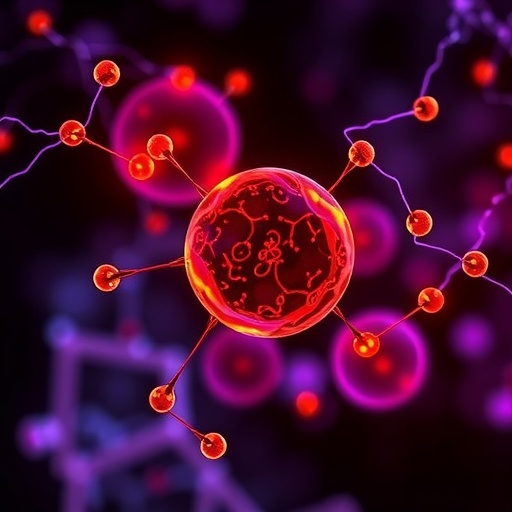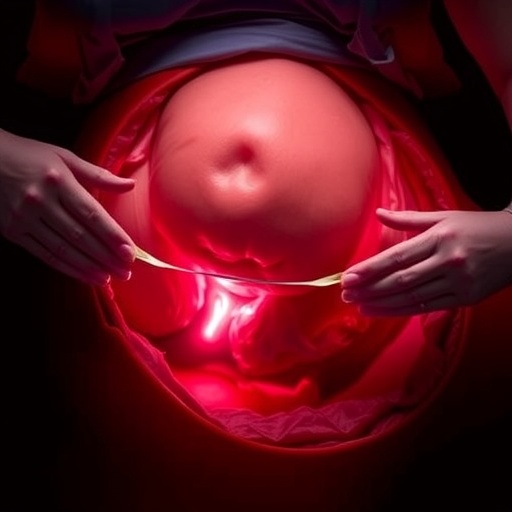Max Chang and Irene Lee of University College London review neuroimaging studies of the effects of internet addiction on adolescent brains. Published June 4 in PLOS Mental Health, the study indicates that internet addiction is associated with disrupted signaling in the regions of the brain that are involved in multiple neural networks. These networks play an important role in controlling our attention, in association with intellectual ability, working memory, physical coordination, and emotional processing—all of which in turn have an impact on mental health.

Credit: Steinar Engeland, from Unsplash (free to use/reuse under the Unsplash License)
Max Chang and Irene Lee of University College London review neuroimaging studies of the effects of internet addiction on adolescent brains. Published June 4 in PLOS Mental Health, the study indicates that internet addiction is associated with disrupted signaling in the regions of the brain that are involved in multiple neural networks. These networks play an important role in controlling our attention, in association with intellectual ability, working memory, physical coordination, and emotional processing—all of which in turn have an impact on mental health.
Internet use has been skyrocketing, with adolescents spending more and more of their waking hours online. With this has come an increase in adolescent internet addiction. Given that adolescent brains are more capable of changing than those of adults, understanding the effects of internet addiction on the brain and behavior is vital for society as a whole. The literature review focused on 12 neuroimaging studies of adolescents with internet addiction that had examined changes in the connectivity between brain networks, which work in concert to govern important behaviors and development in adolescents.
Interestingly, the neuroimaging studies that met the authors’ criteria in terms of age range and formal diagnosis of internet addiction were all conducted in Asia, despite many cases of internet addiction in the West. In all of the reviewed studies, when teenagers with internet addiction engaged in activities governed by the brain’s executive control network (e.g. behaviors requiring attention, planning, decision-making, and especially impulsivity), those brain regions showed a significant disruption in their ability to work together compared to those in individuals of the same age without internet addiction. When engaging the default mode network, results varied more—however, functional connectivity was often reported to be disrupted during tasks that needed self-introspection and attention. Such signaling changes could mean that these behaviors can become more difficult to perform, which could potentially impact development and well-being. However, as the authors state, ‘the present answers merely paint an unfinished picture that does not necessarily depict internet usage as overwhelmingly positive or negative’. Further studies that include more people from a wider population are needed to confirm how internet addiction changes the way in which the brain controls behaviors and therefore our general well-being.
The authors add: “Understanding how and where internet addiction affects the functional connectivity in the brains of adolescents as well as replicating fMRI studies with multiple populations can guide future global therapeutic and public health interventions.”
#####
In your coverage please use this URL to provide access to the freely available article in PLOS Mental Health: https://journals.plos.org/mentalhealth/article?id=10.1371/journal. pmen.0000022
Citation: Chang MLY, Lee IO (2024) Functional connectivity changes in the brain of adolescents with internet addiction: A systematic literature review of imaging studies. PLOS Ment Health 1(1): e0000022. https://doi.org/10.1371/journal.pmen.0000022
Author Countries: U.K.
Funding: The authors received no specific funding for this work.
Journal
PLOS Mental Health
DOI
10.1371/journal.pmen.0000022
Method of Research
Literature review
Subject of Research
People
Article Publication Date
4-Jun-2024
COI Statement
Competing Interests: The authors have declared that no competing interests exist.




